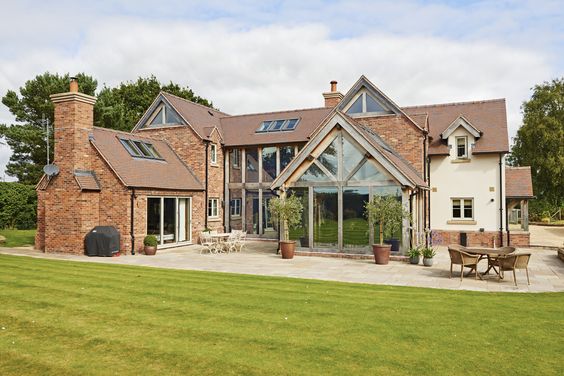Are you considering a complete home renovation but feeling overwhelmed by the prospect of where to start, how much it will cost, and what the essential steps are? Look no further – we’ve got you covered. In this comprehensive guide, we’ll address the key questions that often arise when embarking on a full-scale home renovation.
In What Order Do You Renovate a House?
Embarking on a home renovation requires careful planning to ensure a smooth and efficient process. Generally, the recommended order for a house renovation includes:
1. Planning and Design
Start by defining your goals, budget, and timeline. Work with architects and designers to create detailed plans for your renovation.
2. Demolition
Remove any existing structures or elements that will be replaced during the renovation.
3. Structural Work
Address any structural issues or modifications needed before moving on to cosmetic improvements.
4. Plumbing and Electrical Systems
Update or install plumbing and electrical systems to meet current standards and accommodate your new layout.
5. Walls and Ceilings
Repair or replace walls and ceilings as needed, including insulation and drywall installation.
6. Flooring
Install new flooring throughout the house, choosing materials that suit each room’s purpose.
7. Cabinetry and Fixtures
Install kitchen and bathroom cabinets, as well as other fixtures like sinks and faucets.
8. Painting and Finishing Touches
Finish the project with painting and other aesthetic improvements to complete the transformation.
How Much Does a Full Renovation Cost?
The cost of a full home renovation can vary widely depending on factors such as the size of your home, the scope of the project, and the materials you choose. On average, a complete home renovation may cost anywhere from $50,000 to $150,000 or more. It’s crucial to establish a realistic budget and factor in unforeseen expenses.
To get a more accurate estimate, consider consulting with contractors, architects, and other professionals to assess your specific needs and goals. Additionally, it’s wise to set aside a contingency fund for unexpected costs that may arise during the renovation process.
What Are the Steps in Full House Renovation?
A successful full house renovation involves a series of well-coordinated steps. Here’s a breakdown of the essential stages:
1. Initial Assessment
Evaluate your home’s condition, identify your renovation goals, and create a detailed plan.
2. Design and Planning
Collaborate with architects and designers to create a comprehensive plan that aligns with your vision.
3. Obtaining Permits
Check local regulations and obtain any necessary permits before starting construction.
4. Demolition
Remove old structures and elements, making way for the new design.
5. Structural Changes
Address any necessary structural modifications to support your renovation goals.
6. Plumbing and Electrical Work
Update plumbing and electrical systems to accommodate the new layout and fixtures.
7. Installation of Walls, Ceilings, and Flooring
Rebuild walls and ceilings, and install new flooring throughout the home.
8. Cabinetry and Fixtures
Install kitchen and bathroom cabinets, along with other fixtures.
9. Final Touches
Complete the renovation with painting, trim work, and any remaining aesthetic improvements.
10. Final Inspection
Conduct a thorough inspection to ensure all aspects of the renovation meet safety and quality standards.
What Is the Most Expensive to Renovate in a House?
The costliest areas to renovate in a house typically include:
1. Kitchen
Kitchen renovations often involve high-end materials, appliances, and labor costs due to the complexity of the space.
2. Bathroom
Upgrading bathrooms can be expensive, especially if you opt for luxury fixtures, tiles, and custom cabinetry.
3. Basement
Converting or finishing a basement can be costly, requiring waterproofing, insulation, and potential structural adjustments.
What Is the Most Expensive Part of a Remodel?
The most expensive part of a remodel often revolves around labor and materials. Skilled labor, especially for tasks like plumbing, electrical work, and custom carpentry, can contribute significantly to the overall cost. Additionally, high-quality materials and finishes can impact the budget, particularly in areas like kitchens and bathrooms.
What Is the Most Expensive Thing to Fix in a House?
Roof repairs and replacements tend to be among the most expensive fixes in a house. Addressing roofing issues promptly is crucial, as water damage can lead to more extensive and costly problems. Investing in a durable and long-lasting roofing material can help mitigate future expenses.
In conclusion, a complete home renovation is a trans formative journey that requires careful planning, budgeting, and execution. By following a well-defined order of renovation, understanding potential costs, and considering key areas of focus, you can navigate the process with confidence. Remember to consult with professionals, obtain necessary permits, and stay flexible to adapt to unforeseen challenges. Your dream home awaits its stunning transformation!
